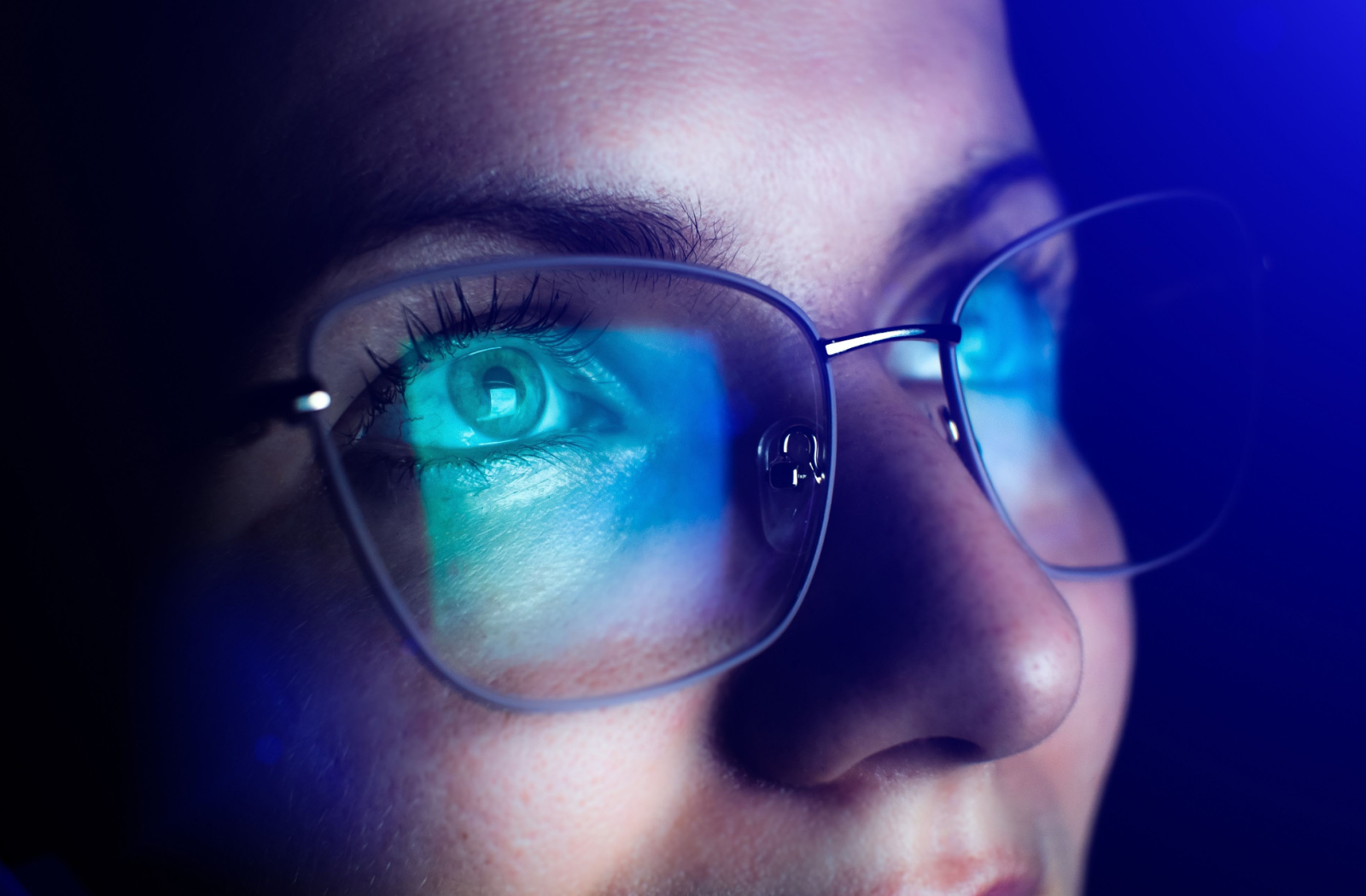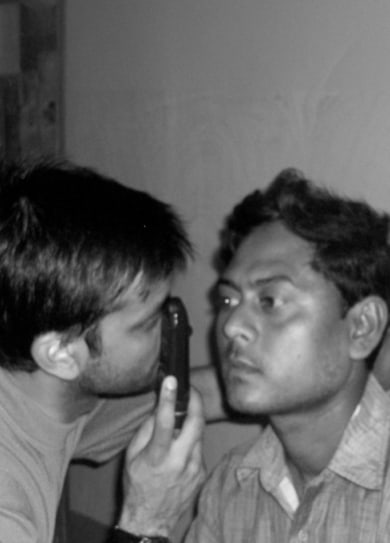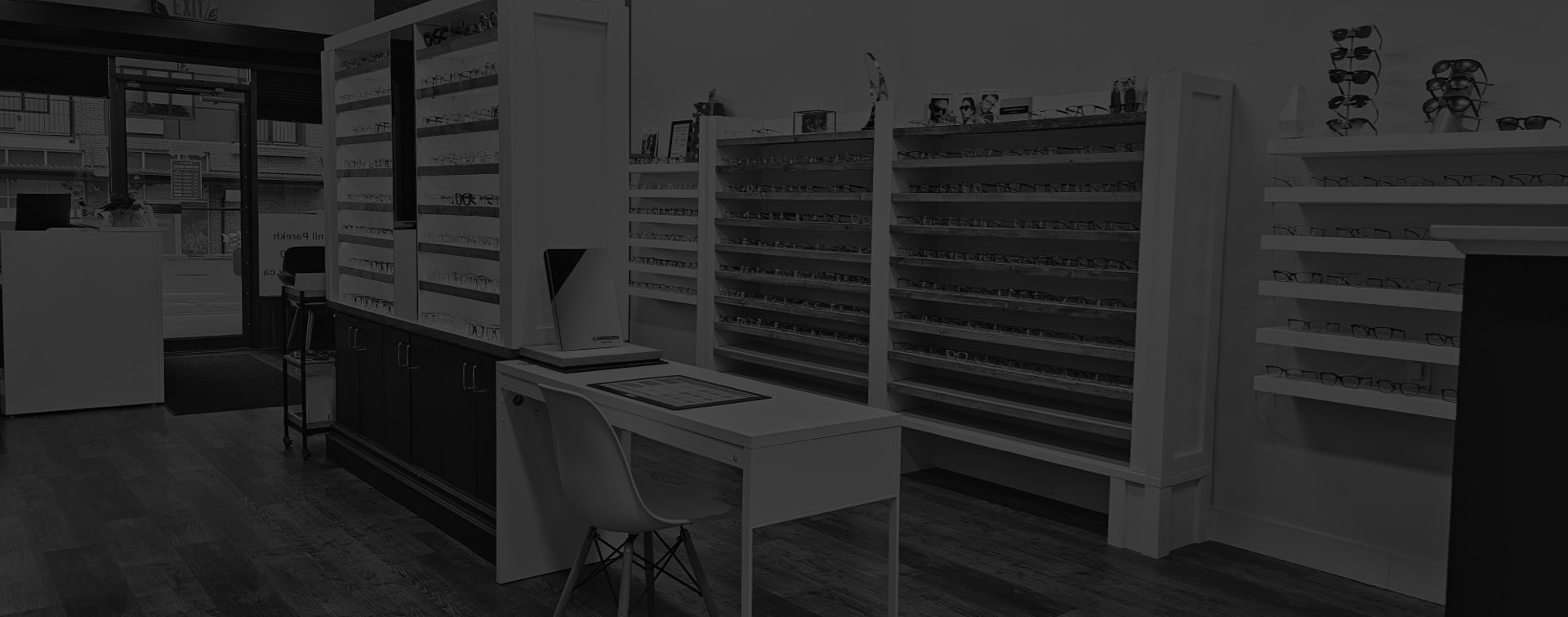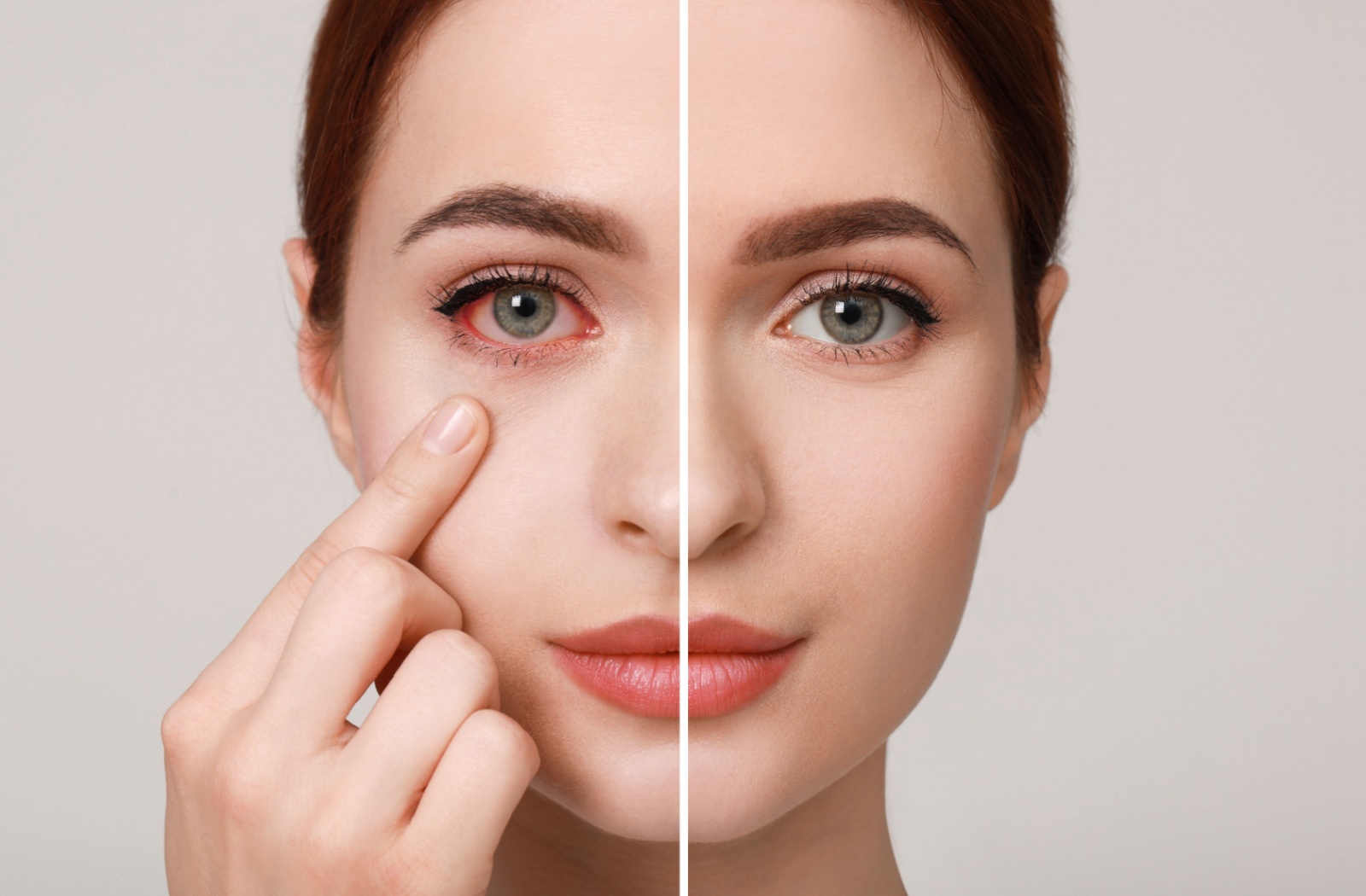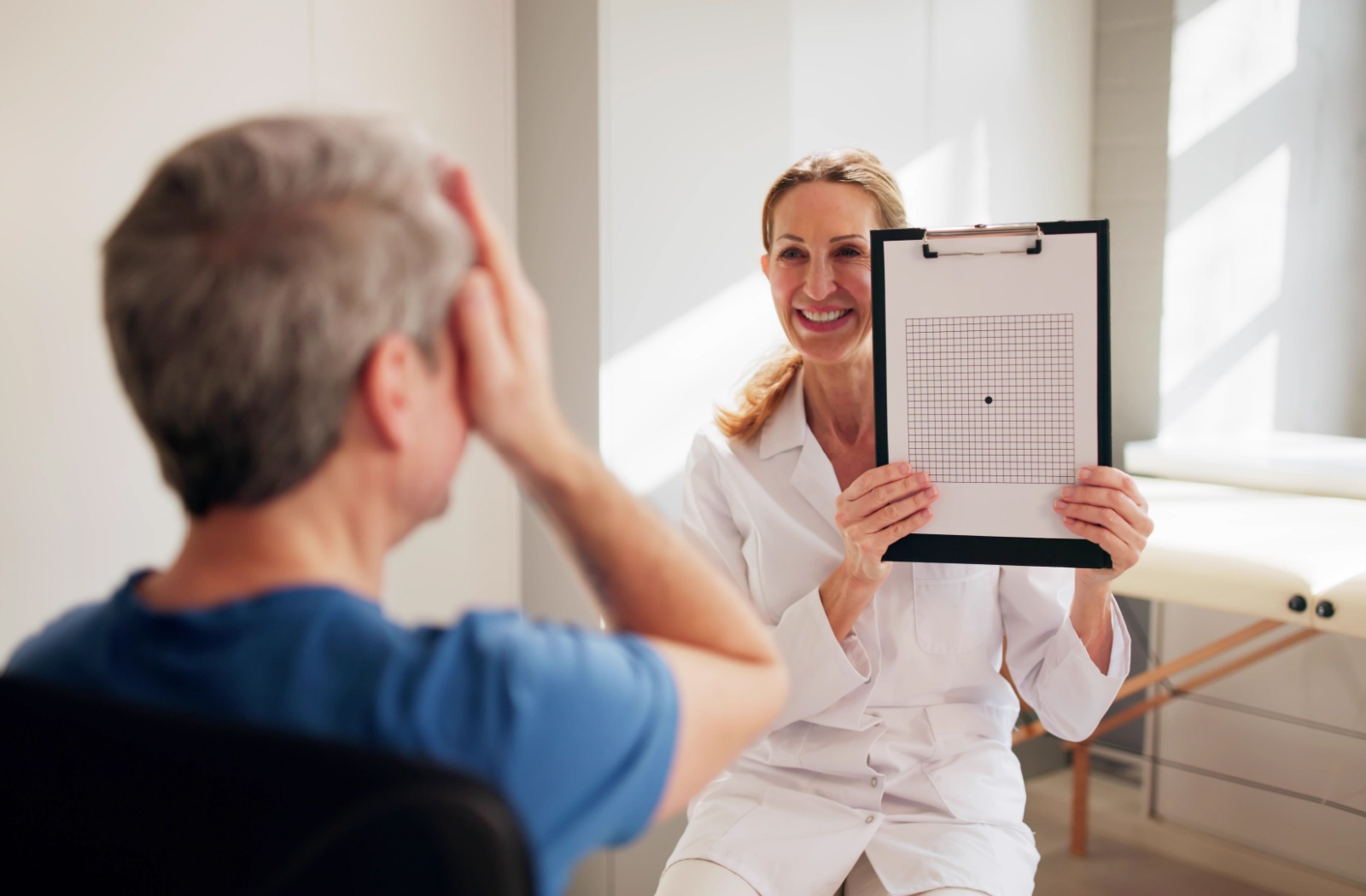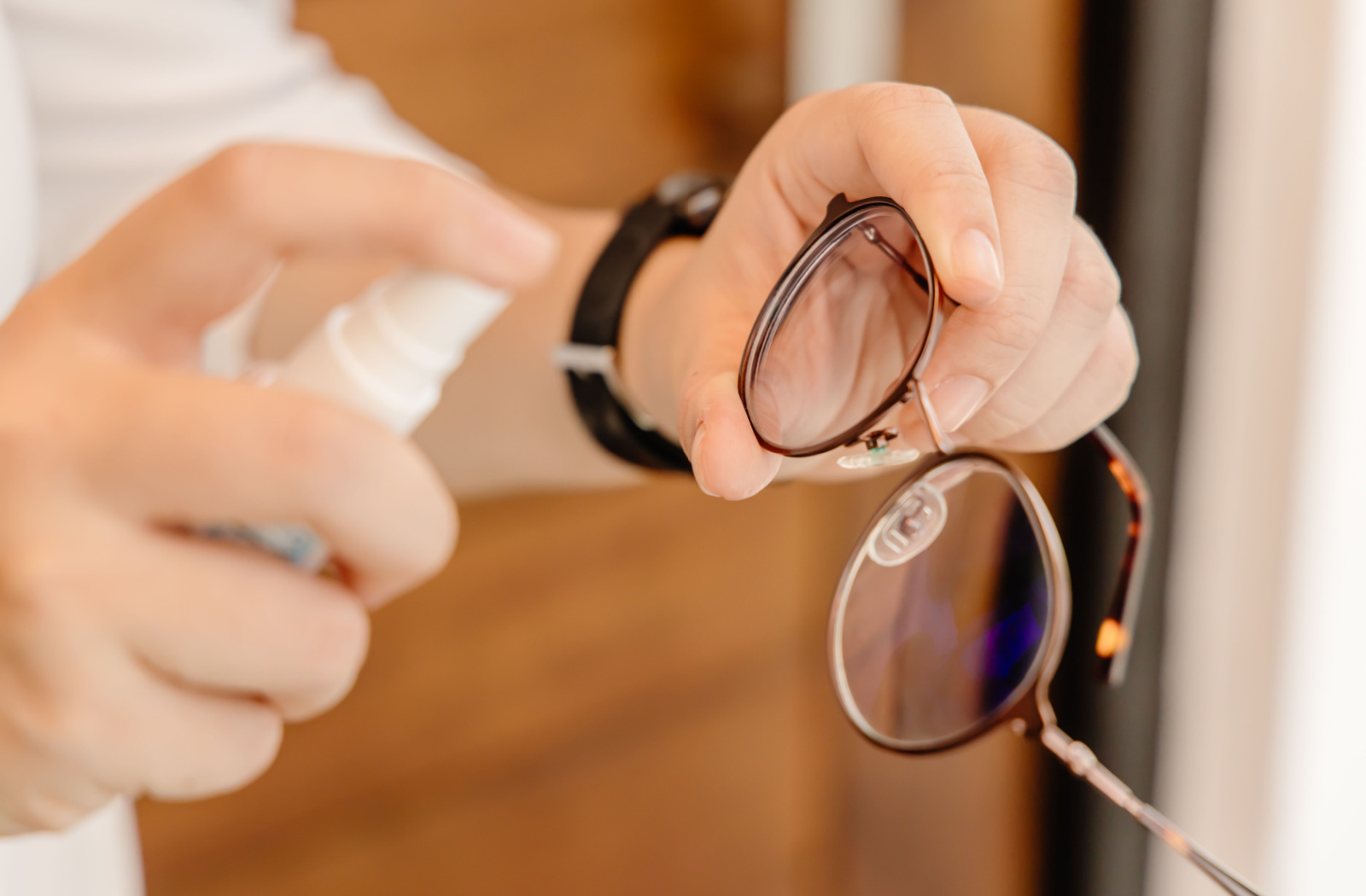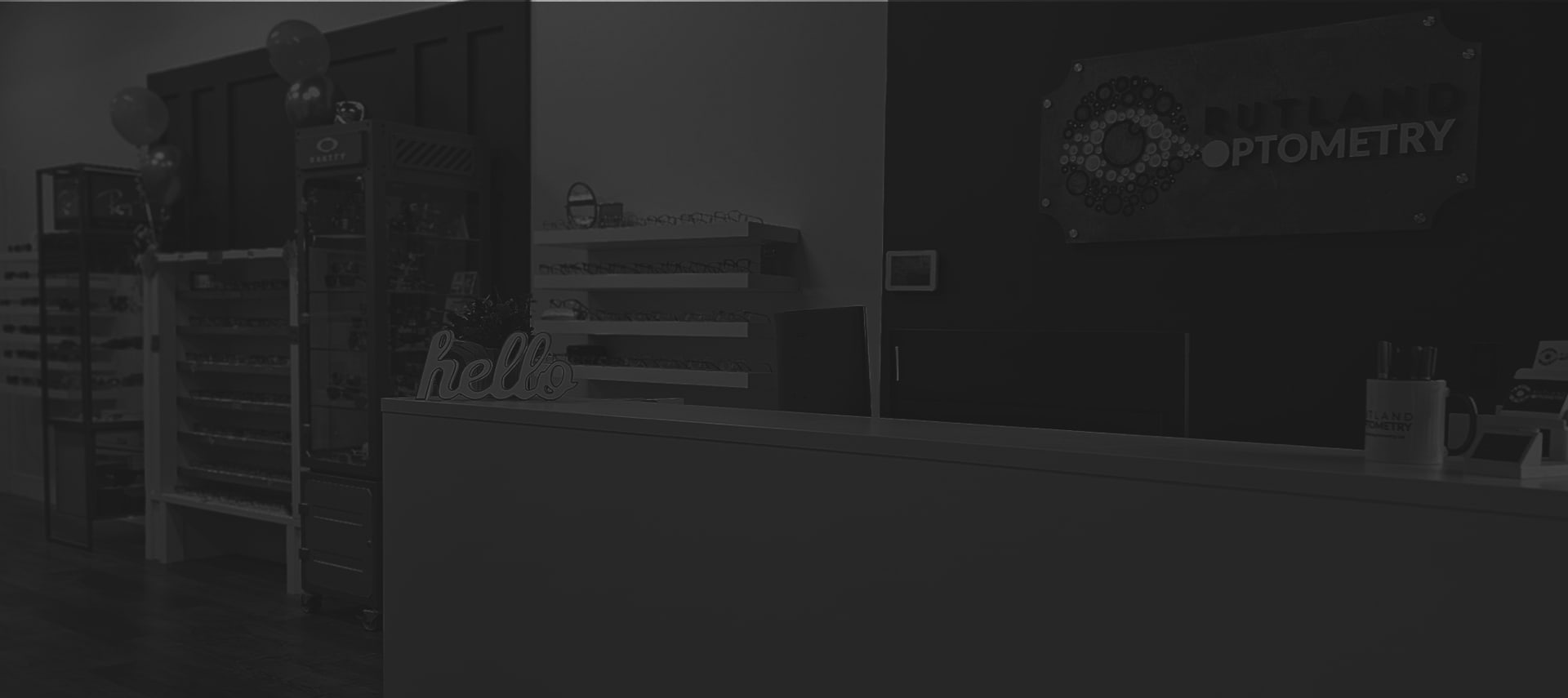We are surrounded by digital screens everywhere, and our eyes are constantly exposed to their blue light. With the increasing amount of time we spend in front of screens, so many of us are struggling with digital eye strain, headaches, and other eye-related issues.
In an attempt to combat these issues, blue light glasses have become increasingly popular. But a common question is whether one should always wear blue light glasses or only when in front of screens. Blue light glasses won’t help relieve digital eye strain, but they can help filter blue light, and you can wear them continuously.
What Is Blue Light?
Blue light, also known as high-energy visible (HEV) light, is emitted by digital screens, certain light bulbs, and the sun. Blue light glasses have specially designed lenses that block or filter out blue light, reducing the amount of blue light that enters our eyes. While blue light doesn’t harm your eyes, wearing blue light glasses can benefit those who spend extended periods in front of screens.
Benefits of Wearing Blue Light Glasses
Blue light glasses help to reduce the intensity of the blue light waves that reach your eyes, improving your sleep quality by decreasing the amount of blue light exposure before bedtime.
Wearing blue light glasses all the time may reduce the amount of natural blue light you receive, which helps regulate your circadian rhythm and improve your mood.
When to Wear Your Blue Light Glasses
It’s ideal to wear blue light glasses when using electronic devices for an extended period. This includes working on a computer, scrolling on your phone, or watching TV.
Blue light glasses are helpful to wear at night, as blue light can disrupt melatonin production, the natural sleep hormone. If you aren’t exposed to electronic devices for an extended period, you don’t necessarily need to wear them.
Additionally, if you wear prescription glasses, you can ask your eye doctor to add a blue light filter to your lenses to reduce the blue light exposure without having to sport an extra pair of glasses.
How to Relieve Digital Eye Strain
Eye strain isn’t a disease, but a cluster of symptoms that can include:
- Headaches
- Blurred vision
- Dry eye
- Red eyes
- Eye fatigue
- Neck and shoulder pain
The symptoms are often caused by:
- Poor lighting
- Screen glare
- Improper viewing distance
- Poor posture
- Uncorrected vision problems
Fortunately, there are practical ways to relieve eye strain and keep your eyes healthy and comfortable.
Follow the 20-20-20 Rule
One of the leading causes of eye strain is staring at a screen for extended periods without taking breaks. The 20-20-20 rule involves looking away from your screen every 20 minutes and focusing on an object 20 feet away for at least 20 seconds.
This technique can help to reduce eye fatigue, prevent dryness, and give your eyes a needed break.
Adjust Your Screen Settings
Making a few tweaks to your screen settings can go a long way in reducing eye strain. Adjust brightness and contrast levels to minimize glare and enhance visibility. You can also play around with the font size and colour scheme to make reading text more accessible for your eyes.
Other options are screen protectors with anti-glare filters to preserve ocular comfort.
Get Proper Lighting
Poor lighting can also strain your eyes, so keep your workspace well-lit with ambient lighting that’s not too bright. Avoid positioning your computer screen in front of windows or bright light sources that can cause glares, as this can also cause eyestrain.
Position Your Screen Correctly
Your screen position also matters when it comes to reducing eye strain. It’s best to position your screen at least an arm’s length away from your face and adjust the height so that the top of the screen is at or slightly below eye level. This can help reduce strain on your neck and support healthy posture. It may also help to subtly shift your seating or screen position on a regular basis.
Blink Frequently
Blinking helps to keep your eyes lubricated and refreshed, preventing dryness and reducing the risk of eye strain. If you find yourself staring at a screen for extended periods without blinking, try setting reminders to blink frequently or use eye drops to keep your eyes moist.
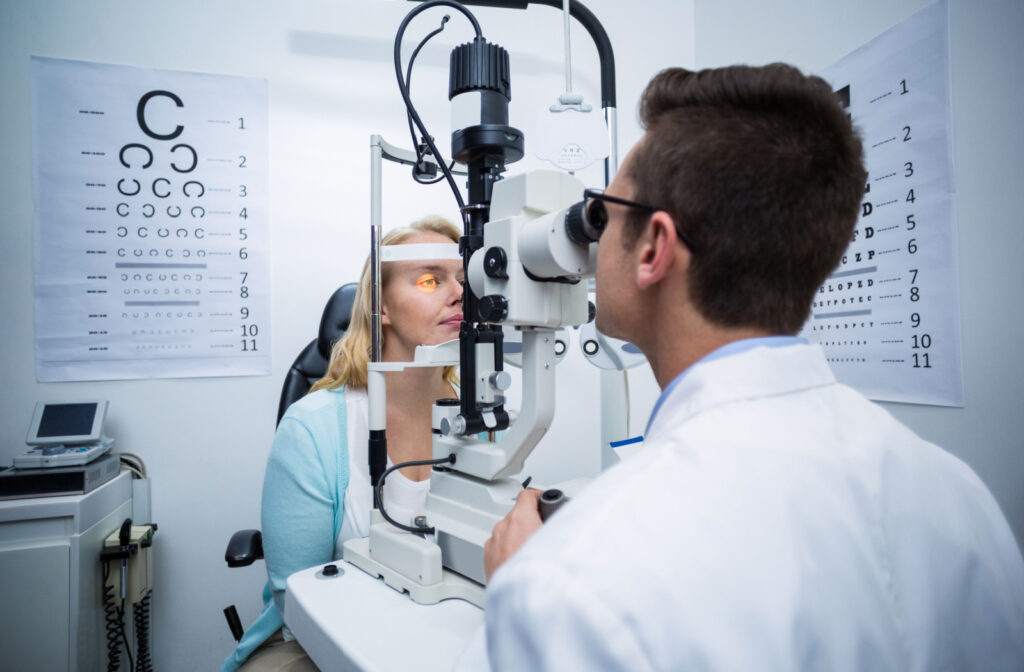
Get Comprehensive Digital Eye Strain Care
Wearing blue light glasses all the time isn’t harmful, but it’s not necessary. Eye strain can be a nagging problem affecting productivity and overall comfort. But blue light glasses aren’t the solution to eye strain symptoms. Consult the eye care team at Rutland Optometry to find solutions to your digital eye strain. Blue light glasses are an appealing fix, but comprehensive eye care from your optometrist makes a difference. Book an appointment for an eye exam and keep your eyes healthy during screen work, games on your phone, and movie nights.

